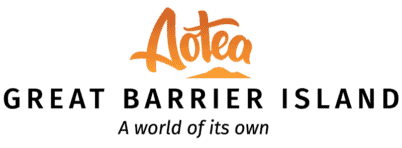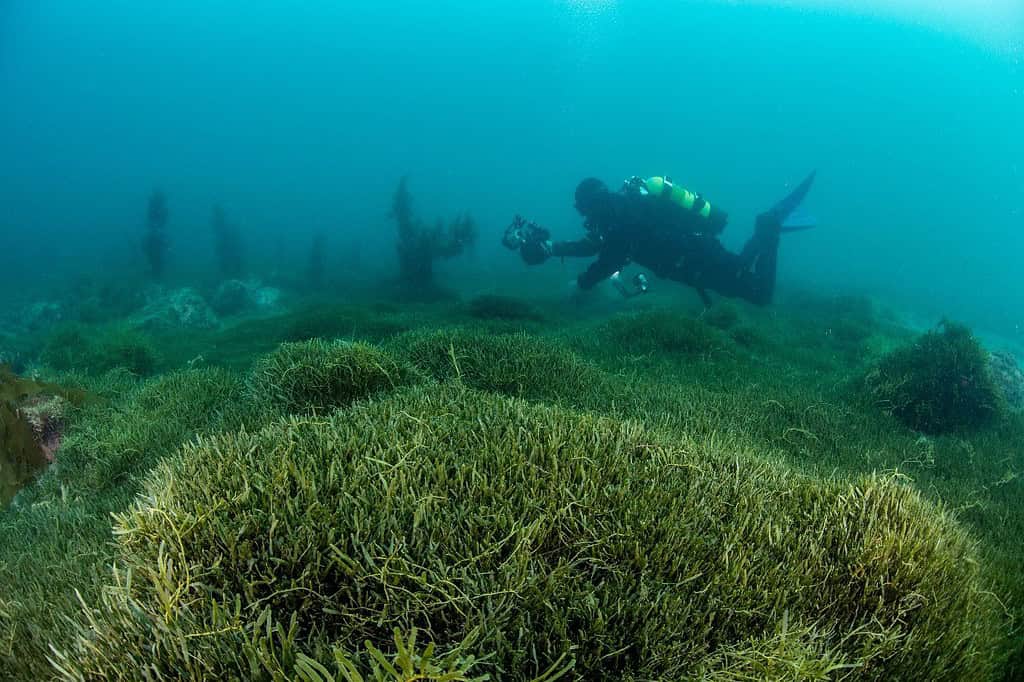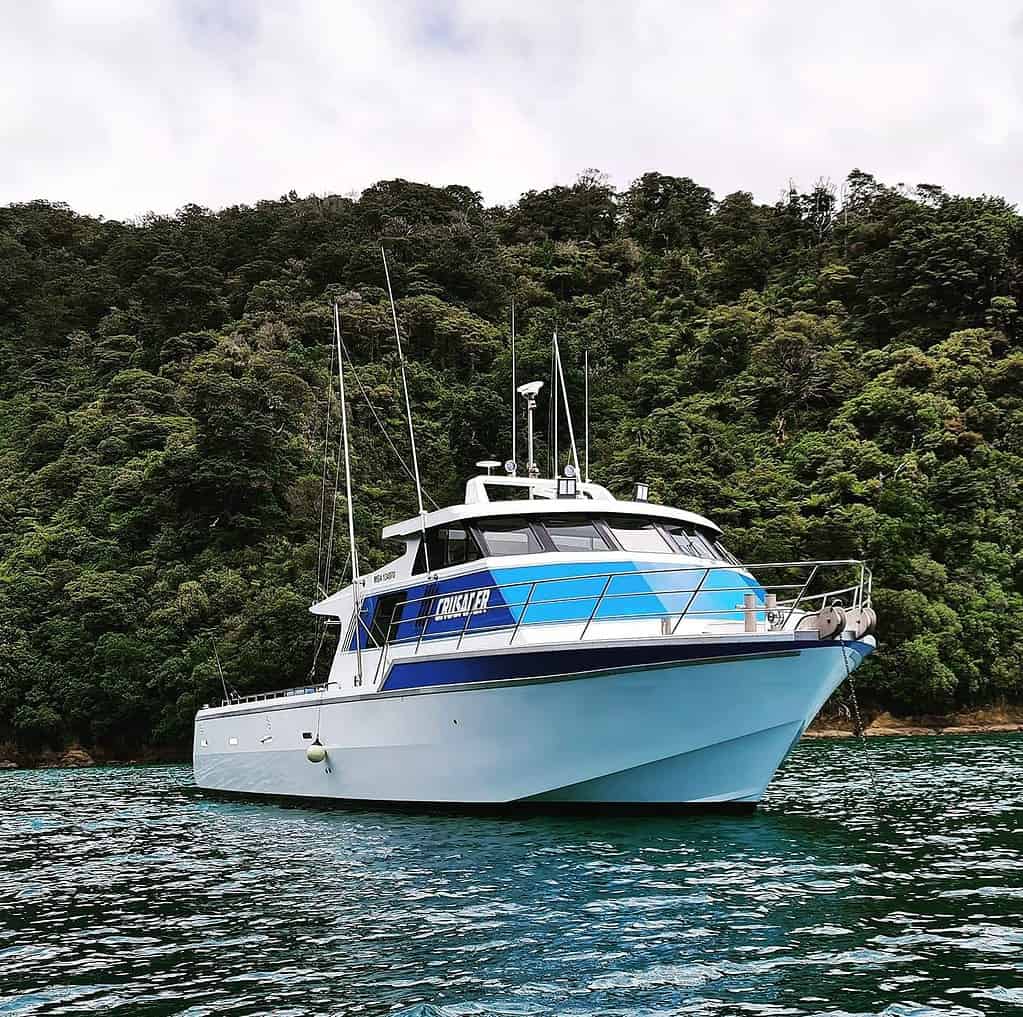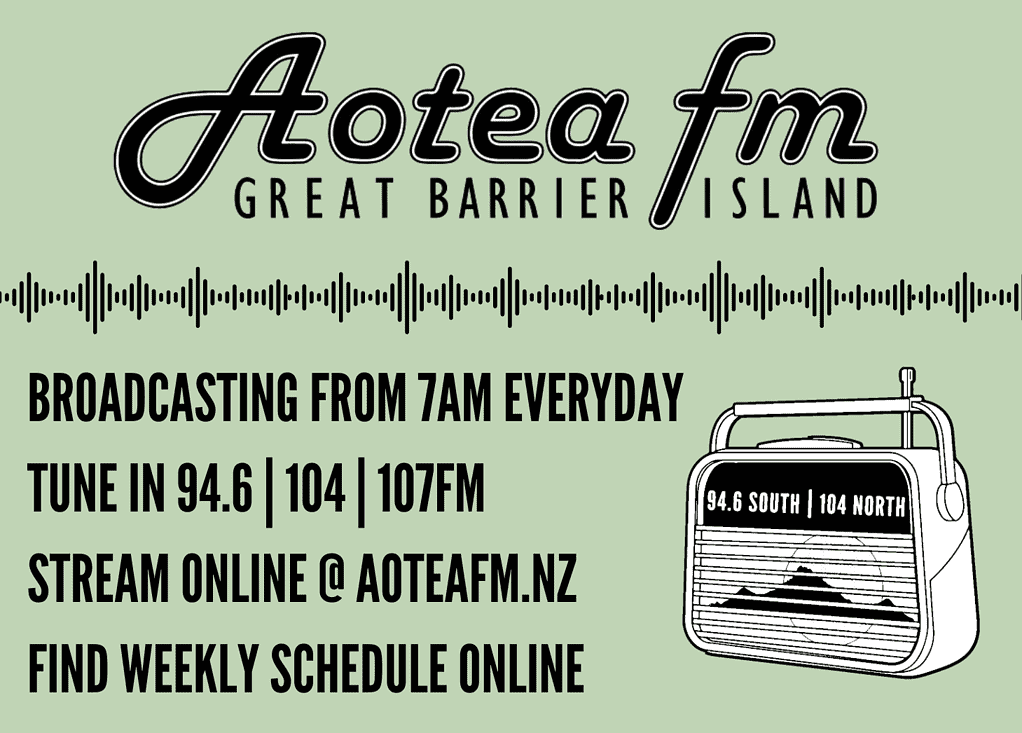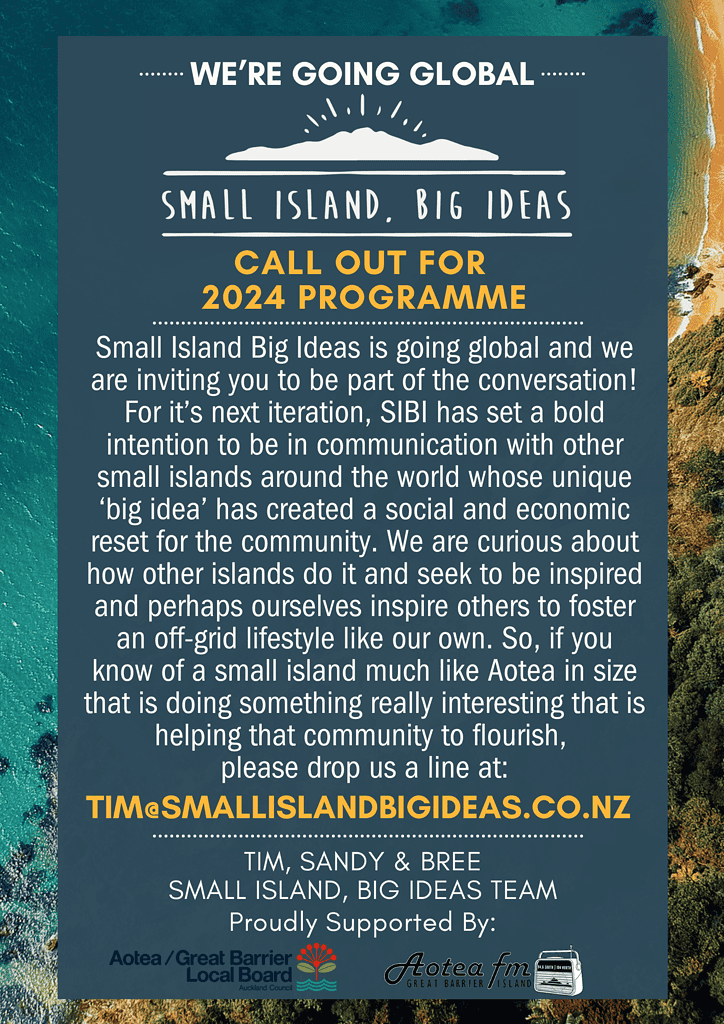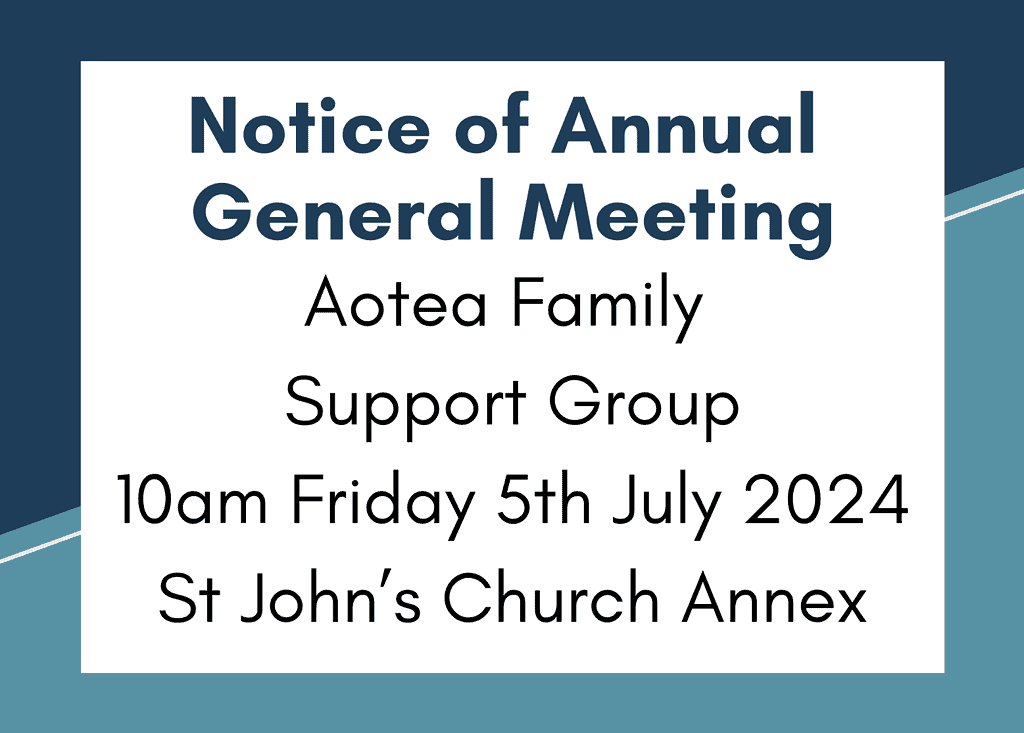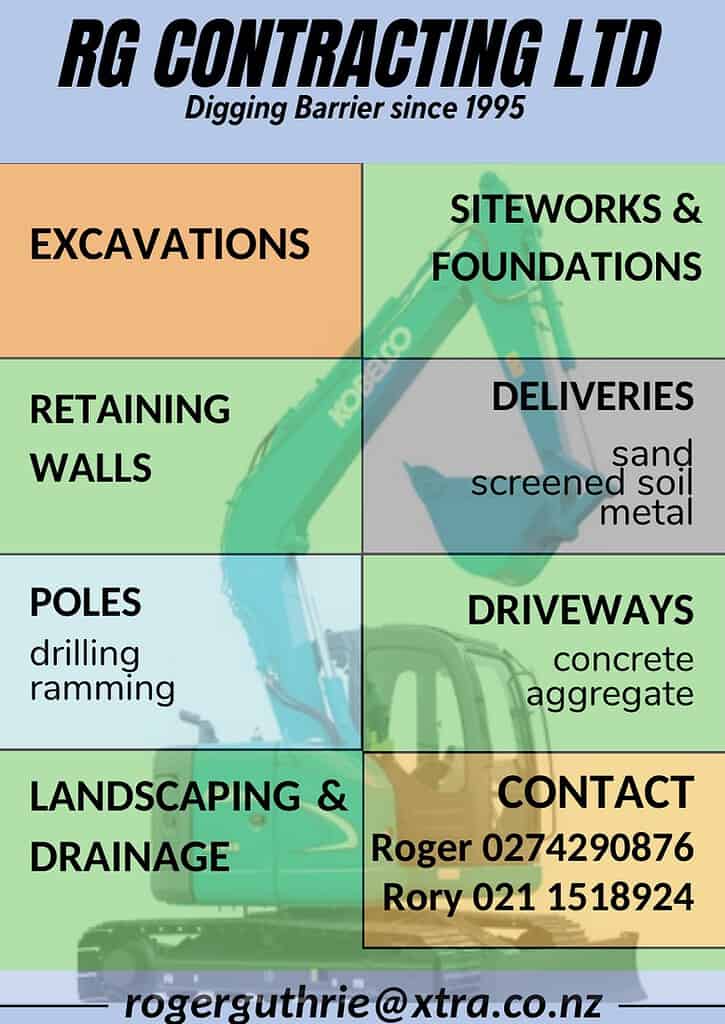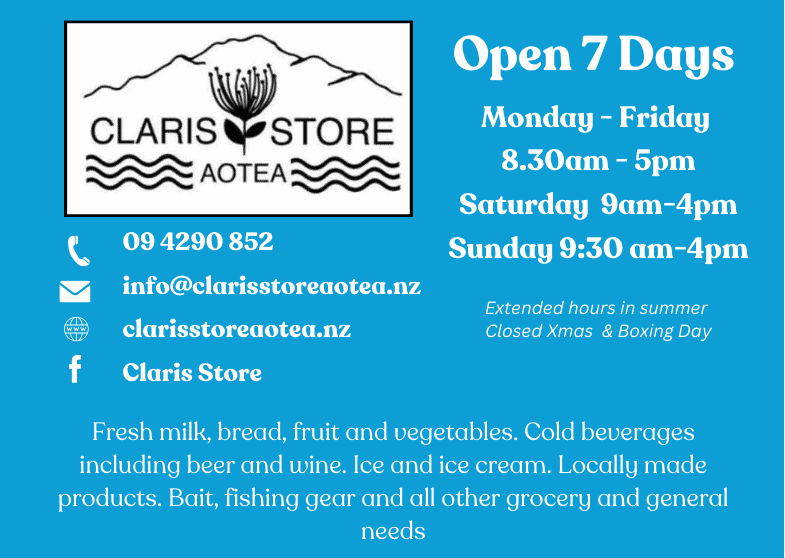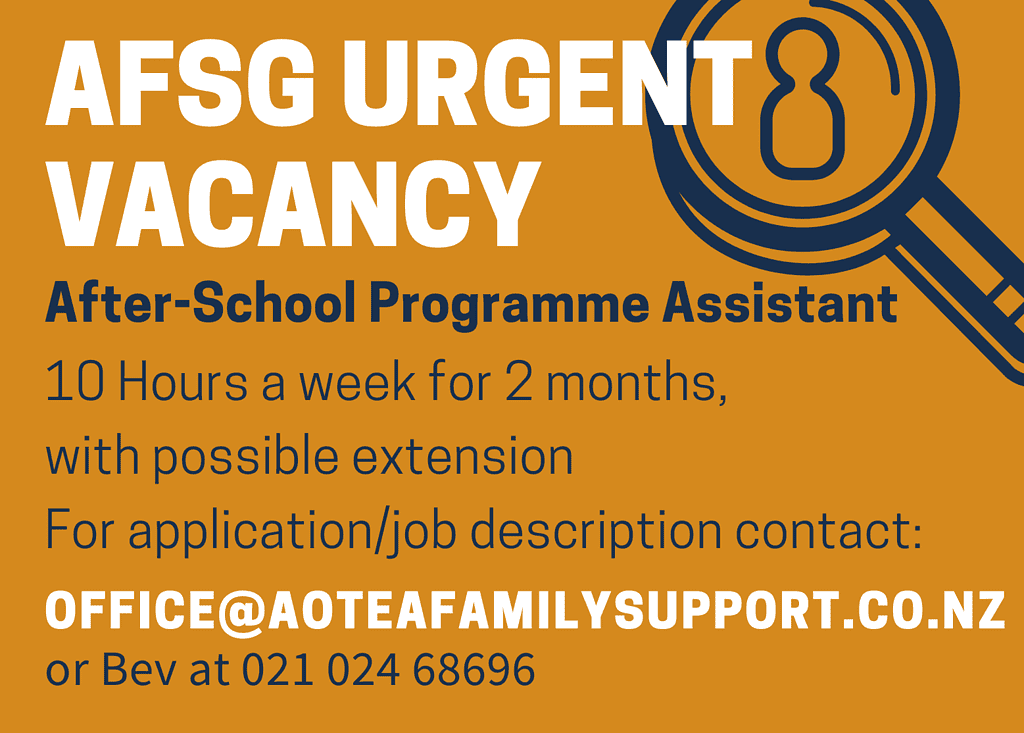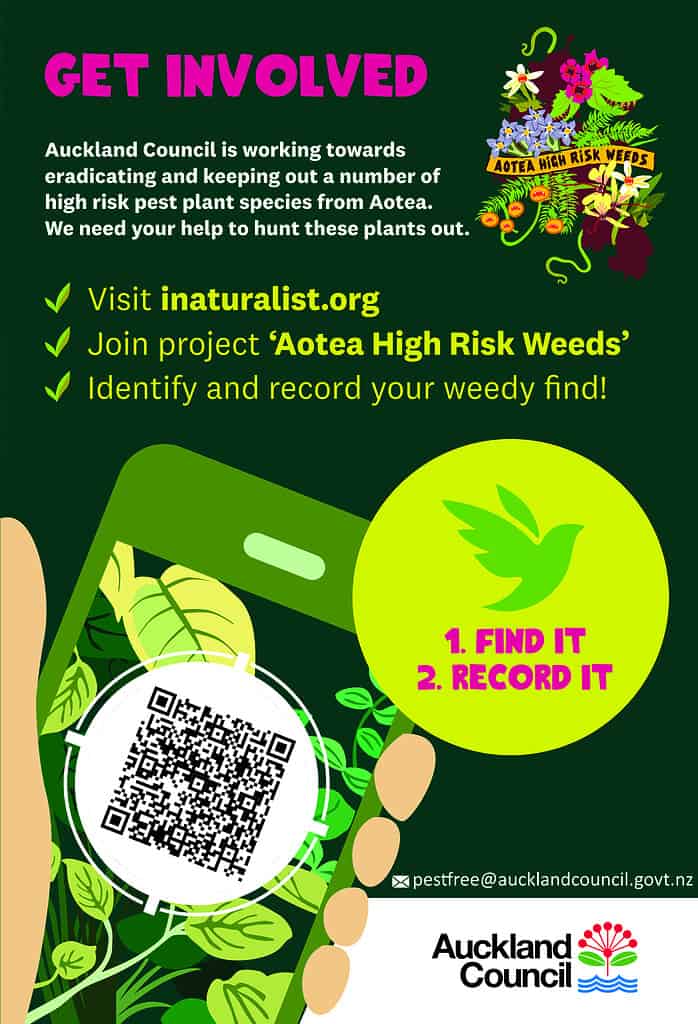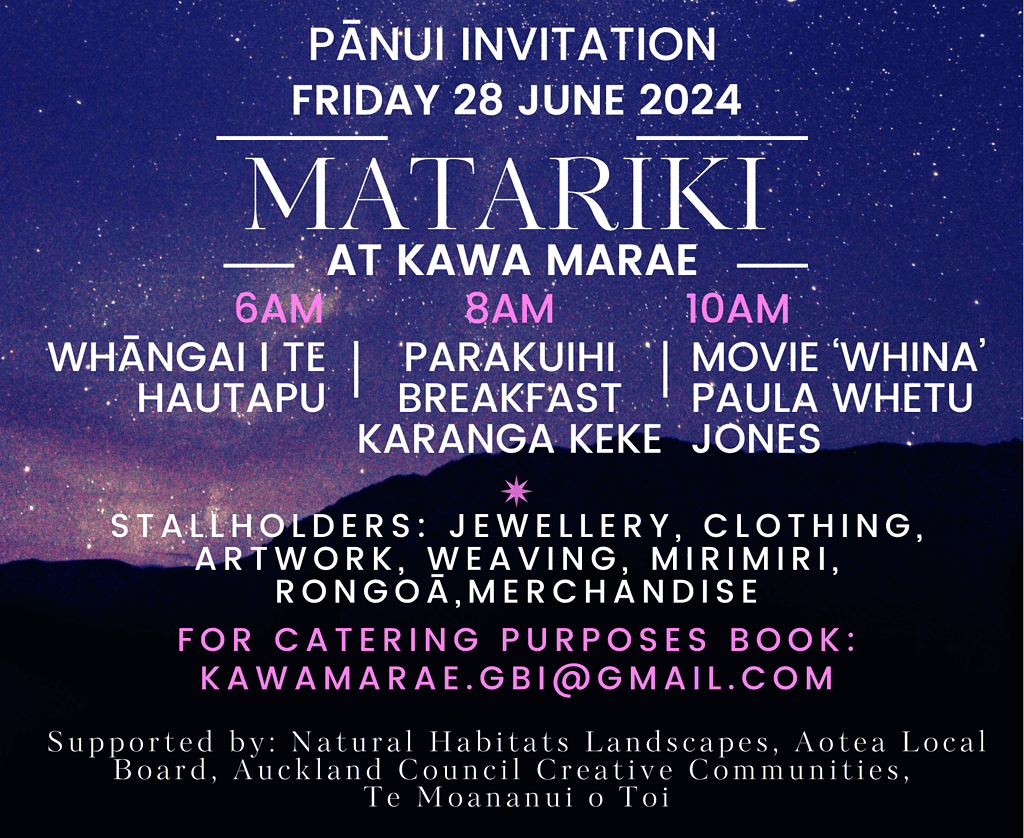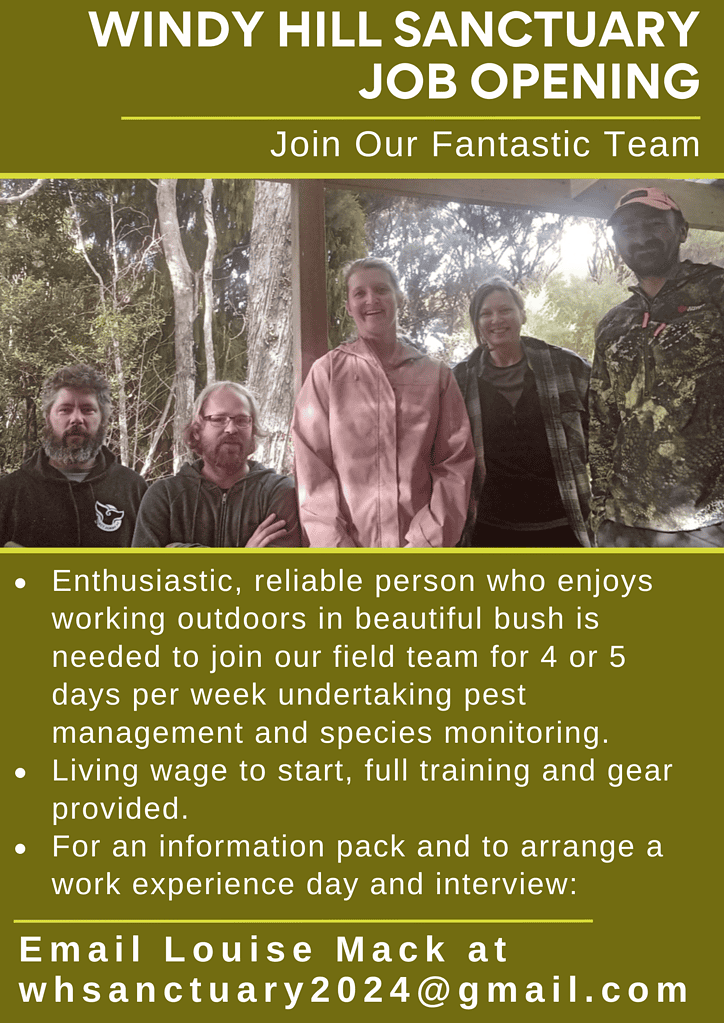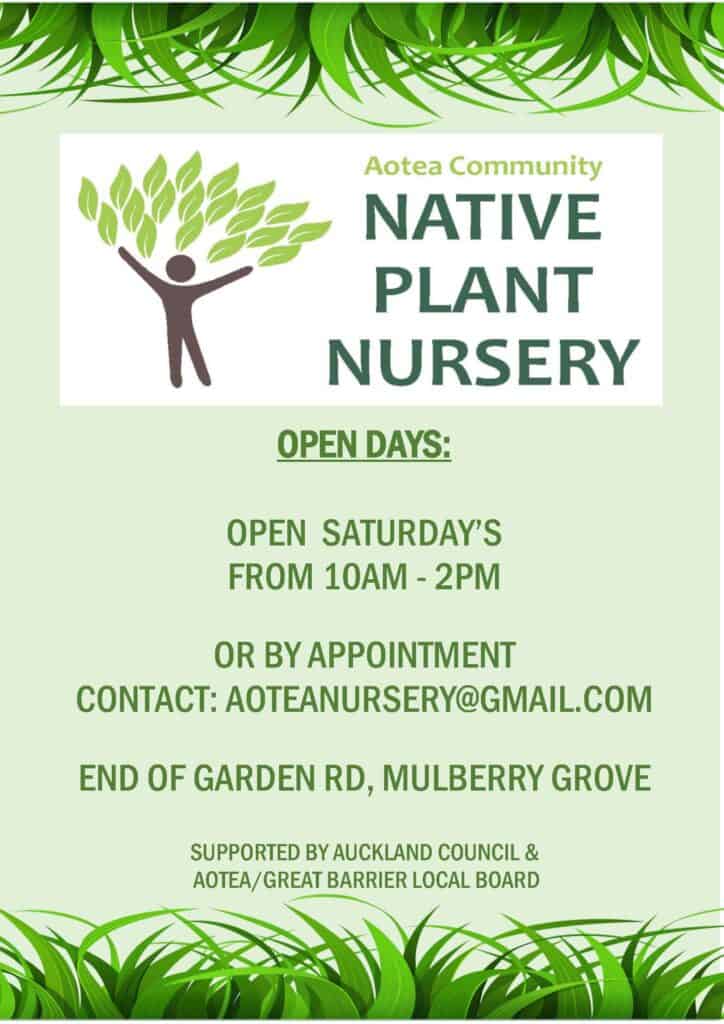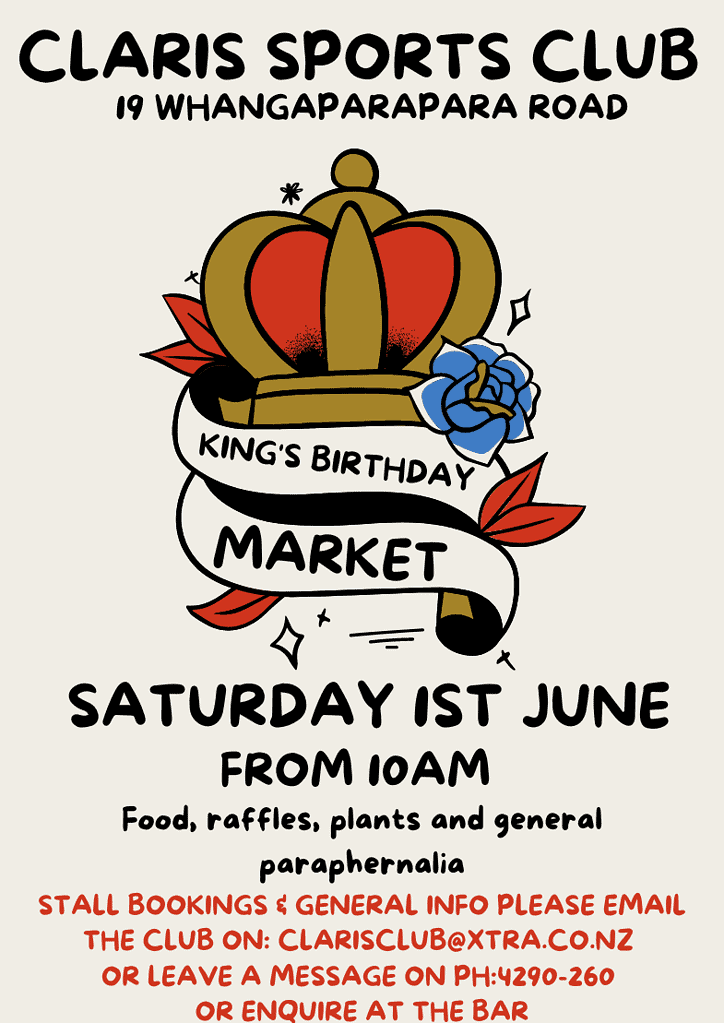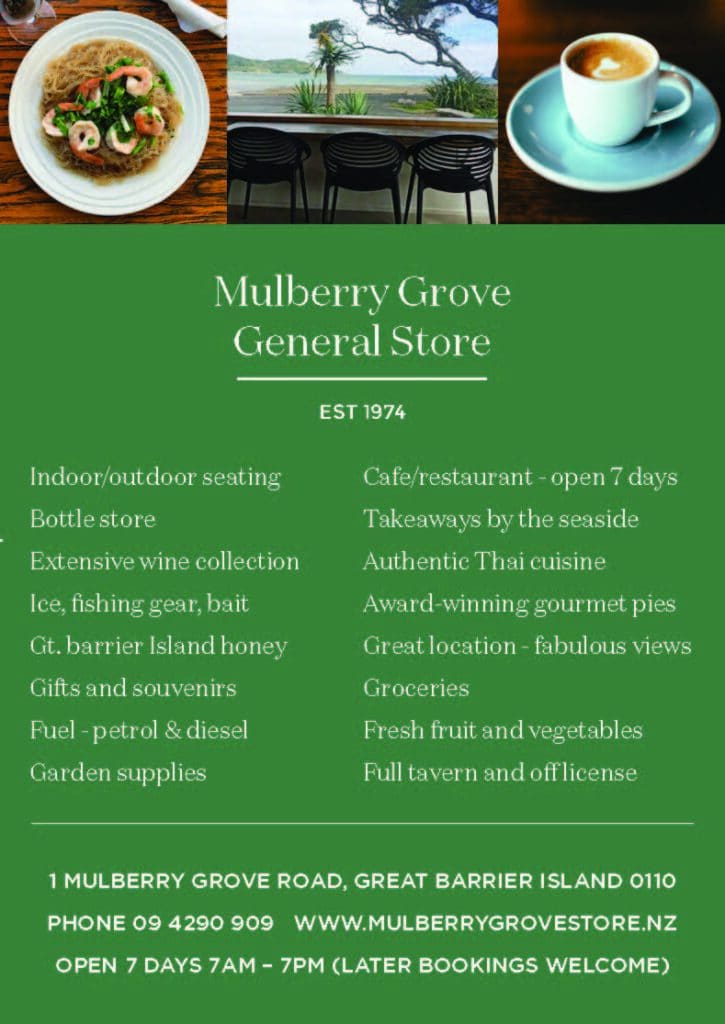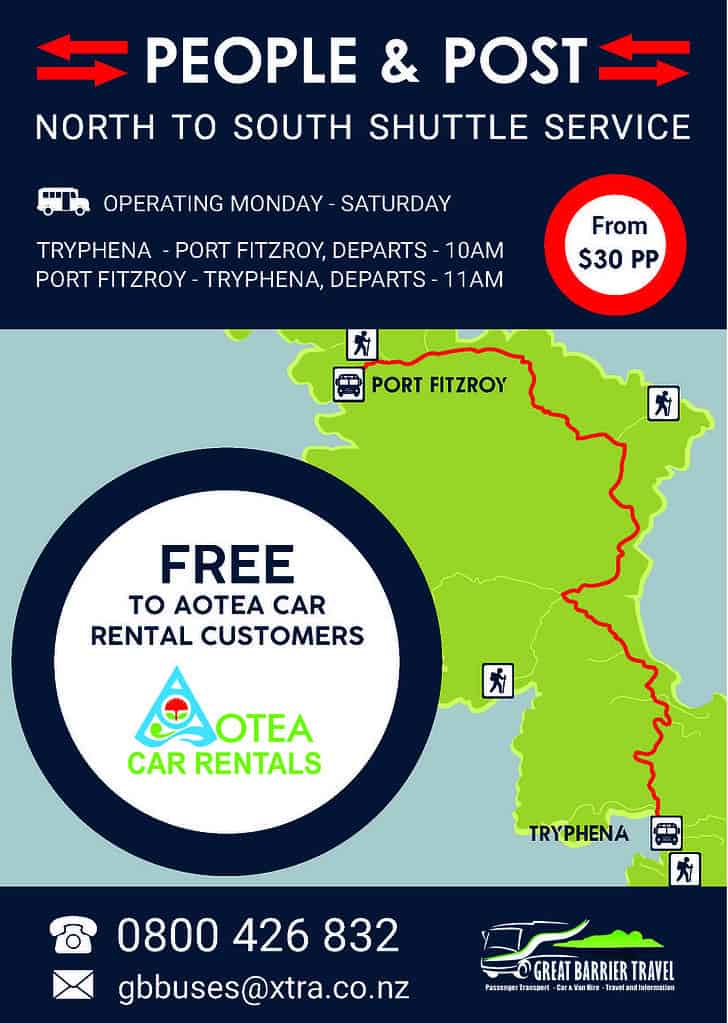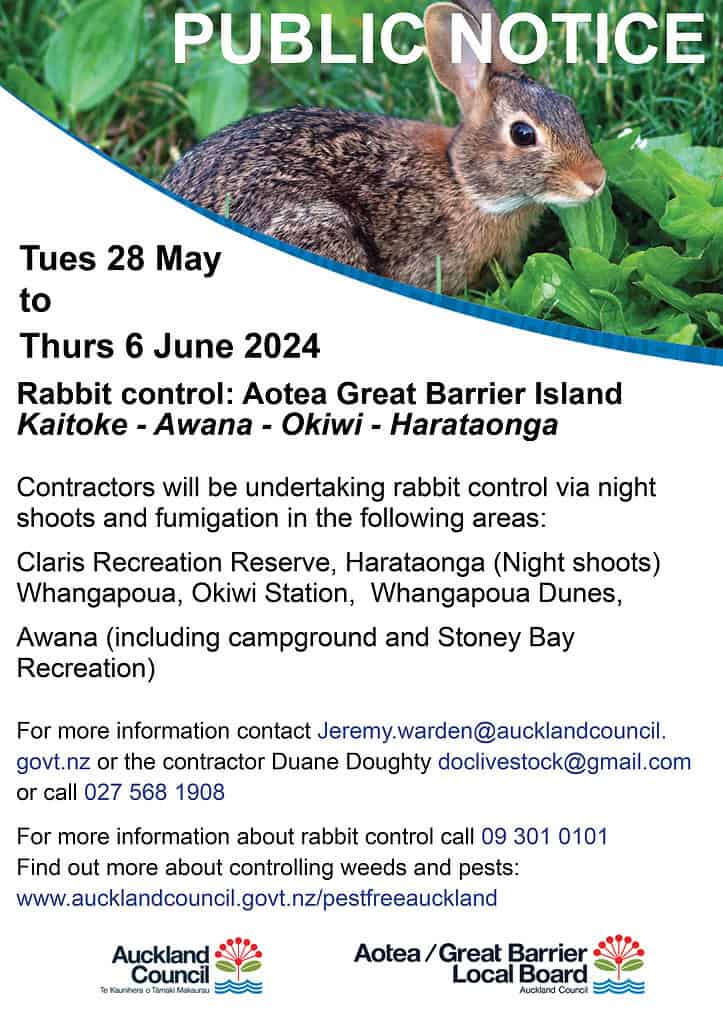Editorial by Tim Higham
The issuing of permits by Biosecurity New Zealand to allow commercial fishing boats to set crayfish pots in the western harbours subject to a Controlled Area Notice (CAN) felt like slap in the face to those hoping for a silver lining from nearly three years of fishing restriction.
The agency, a department of the Ministry for Primary Industries (MPI), was quick to seek the support of the community after exotic Caulerpa was first identified. A rāhui was established alongside the CAN by mana whenua to support understanding and efforts to stop the spread of invasive weed.
MPI, which also manages Fisheries, backed the Ahu Moana process alongside the Department of Conservation, as a pilot for local involvement in fisheries management and marine protection, following the SeaChange process and successive State of the Environment reports which document long term decline in the Hauraki Gulf Marine Park.
Two recent interviews on Aotea FM’s Monday Morning show a better way to look after our place.
Ahu Moana coordinator Glenn Edney said after three years of closure because of COVID and Caulerpa there was a 30 percent increase in crayfish “but they are gone,” through one relatively quiet summer of recreational take. Teams of local divers are in the process of considering how to restore the mauri or life force of Schooner Bay and Motairehe. Caulerpa infestation and kina barrens are common. Large fish and crays, critical for reef health, are not.
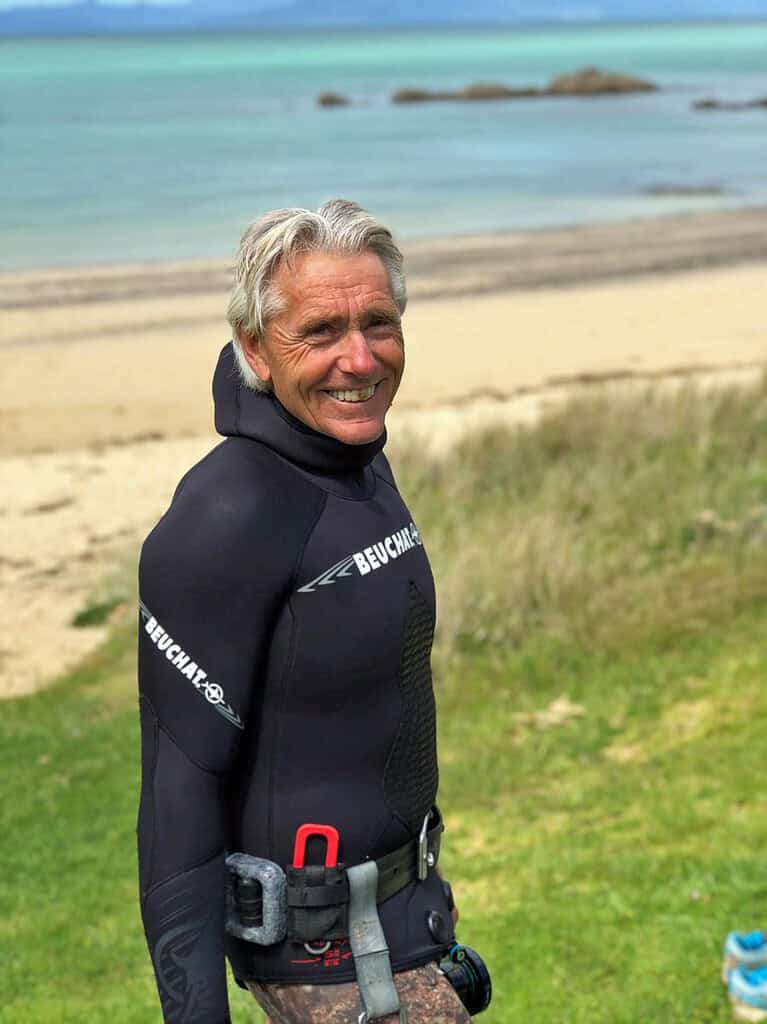
Ahu Moana is based on the premise that mana whenua and the community have the mātauranga or knowledge, and the ability to make well informed and effective decisions about managing their own place.
In contrast, the fisheries management system is based on the premise that every stock can be allocated for maximum utilisation, specialised technical and management knowledge is needed to make decisions, and ownership of the stock is best privatised (an approach from when New Zealand was in the grip of free market fervour in the 1980s).
Auckland University Professor Rochelle Constantine said her ‘Pulse of the Gulf’ research, based on extensive aerial surveys, showed ‘work ups’, aggregations of small fish, birds, dolphins and whales, were becoming smaller and smaller.
“Everyone over 50 that spends time on the water knows that.”
“Whales are shifting their diet to feed on plankton more and that’s because there are too few of these ‘fish balls’.”
“Fisheries management is an example of bad behaviour and sitting in your corners throwing insults at each other. It frustrates me immensely because we are the ones that are getting in the way of the Gulf thriving.“
Professor Constantine advocates a different model of utilising information and working collectively, where marine health is in the centre of the conversation.
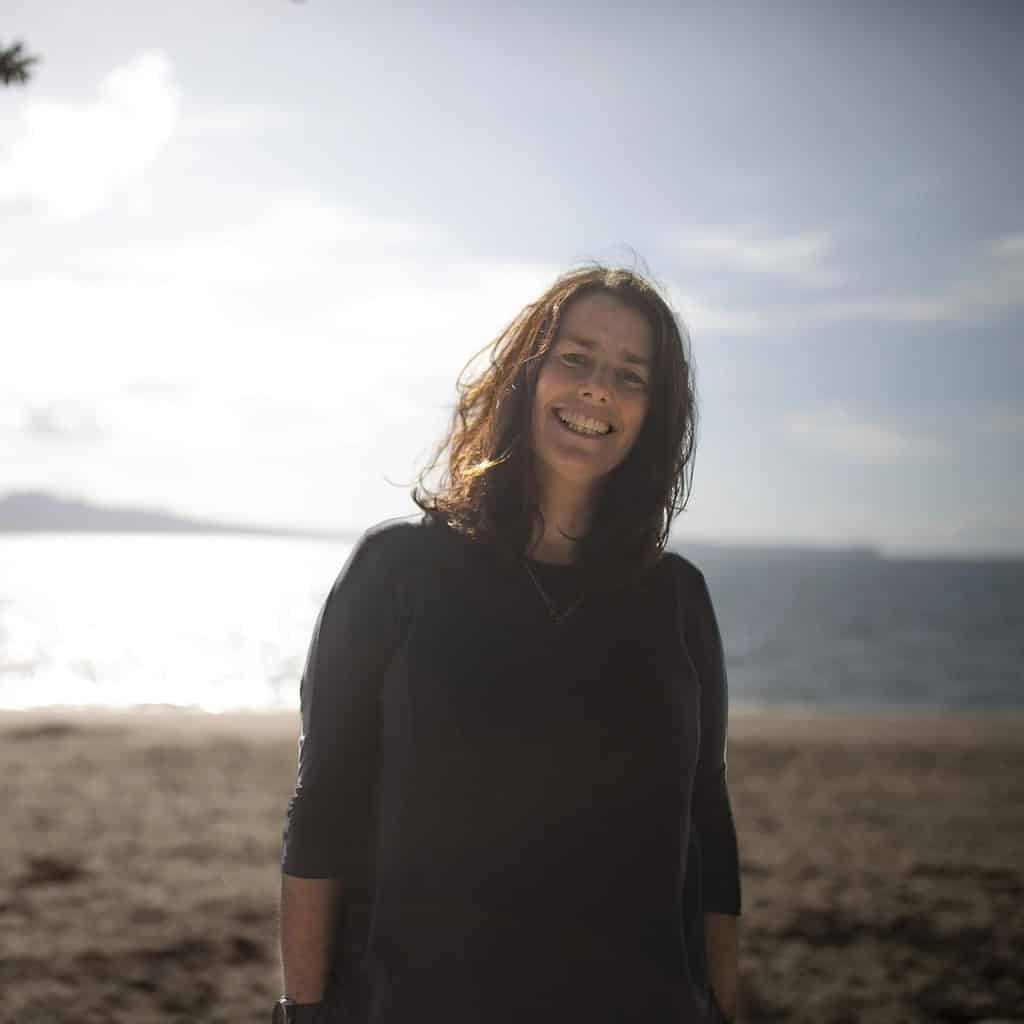
She told the success story of the shipping industry voluntarily slowing vessel speed after 2013 to safeguard the gulf’s resident Bryde’s whale population.
There are models and processes that could better manage areas that have been under a CAN and rāhui for the past three years, and the wider coastal waters around Aotea.
Now is to time to back mana whenua and the community to determine what happens next.
MPI’s recent second thoughts and internal review into the issuing of the permits is timely and it would be wise to consider more than the narrow letters of the fisheries and biosecurity laws. Reputation and goodwill once squandered are hard to win back.
There’s a raft of locally generated ideas – reduced daily bag limits for crayfish, boat limits, setting of commercial pots only deeper than 20 metres, gear selection to prevent juvenile mortality and bycatch, release of big breeding fish, rāhui during fish breeding seasons, temporary closures to allow depleted paua and scallops to recover. Many operate by those codes now.
We know enough to look after our place and we deserve the listening ear of MPI to do so.
